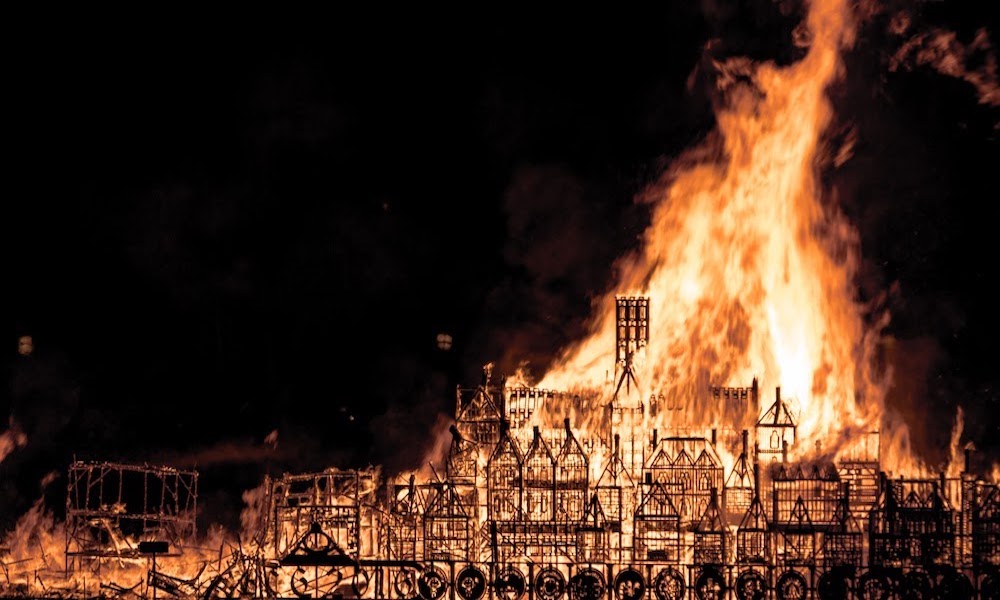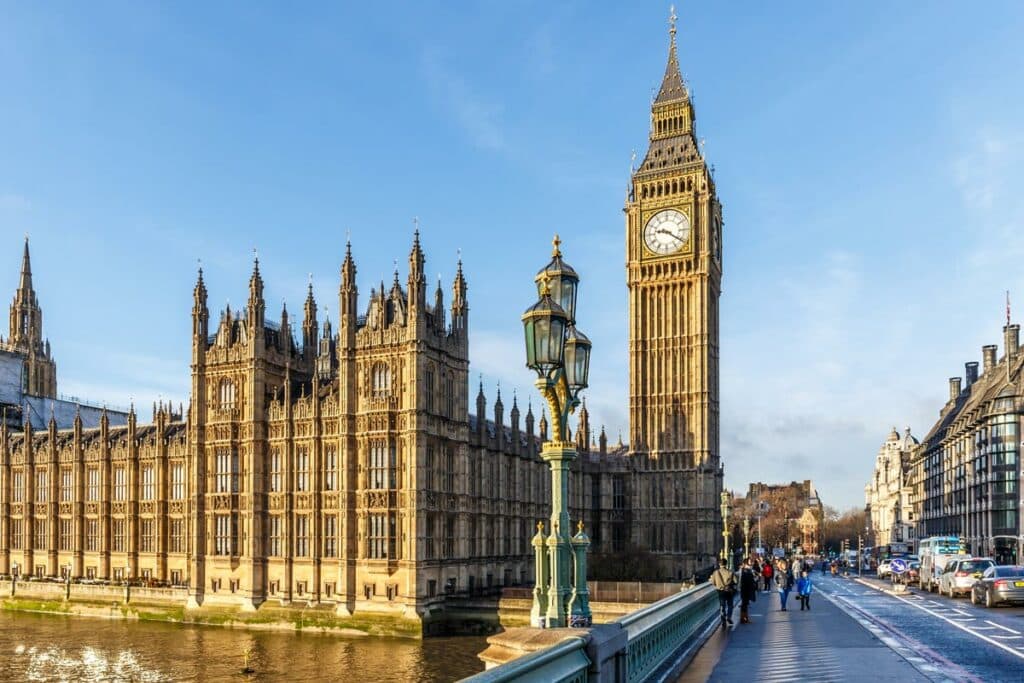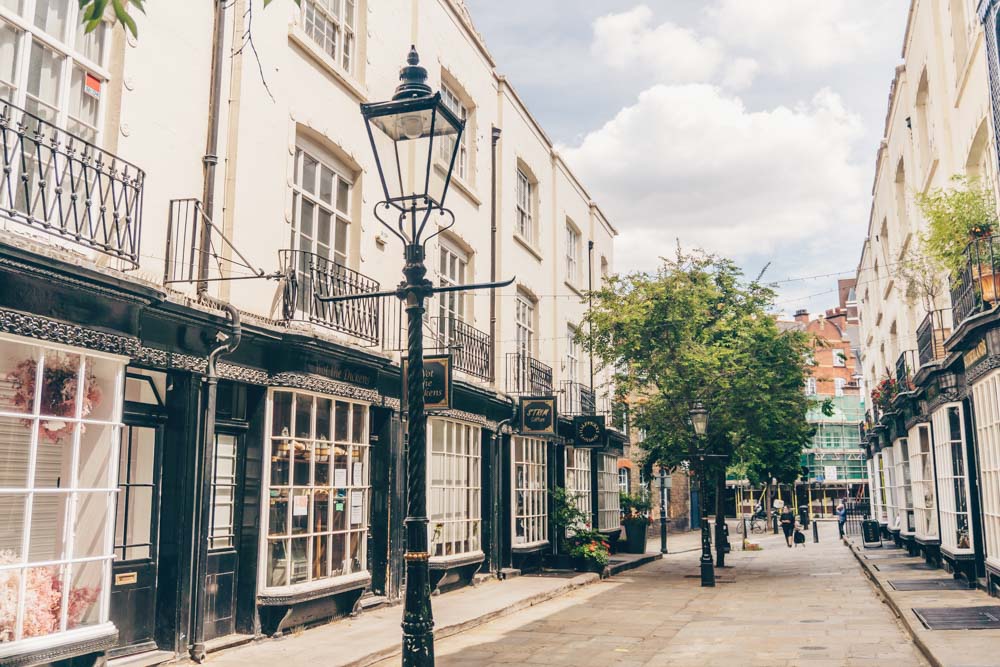Think you know everything there is to know about the 1666 fire? We’re about to blow your mind with these Great Fire of London facts.
As one of the most famous fires in history, the Great Fire of 1666 swept through the capital, leaving a trail of devastation and desperate Londoners behind it.
Leaders at the time were absolutely useless (more on that later) which meant that the citizens of London were basically left to fend for themselves.
You probably touched on the Great Fire of London at school and, let’s not lie, it was probably a snoozefest. But there are plenty of facts (as well as some shocking rumours!) that teachers don’t tell you. Luckily, I’m here to spill the secrets…
Interesting Facts About the Great Fire of London
The Fire Started on Pudding Lane…
Picture the scene: it’s 1am in the morning on 2nd September 1666 and Thomas Farriner is fast asleep in his bed… that is, until he notices his bakery on Pudding Lane (a name almost too good to be true) is on fire.
After what I’m sure was a few moments of mad panic, Farriner woke his family and they had to leap out of the window to escape the flames.
Historians believe that the fire was likely started by a spark from Farriner’s oven landing on nearby fuel. The long, hot summer that London was having provided the perfect catalyst to the crazy fire that spread from house to house.
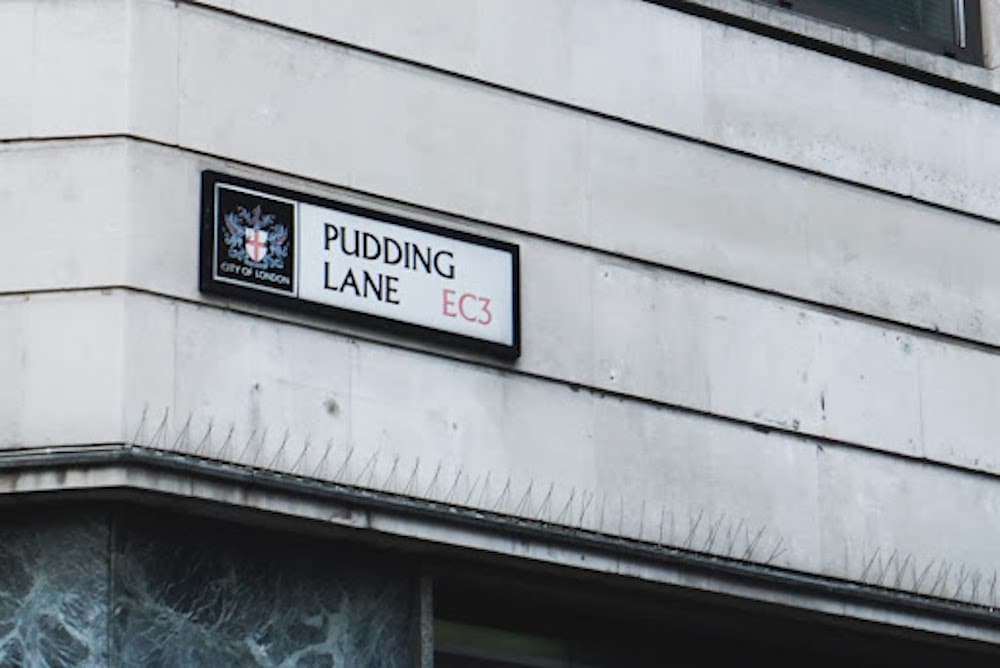
… And Lasted for Four Days
At the time, the area around Pudding Lane mainly consisted of warehouses, which meant that a lot of flammables were nearby. A recipe for disaster.
The London streets were narrow and the buildings built close together, allowing the fire to burn strong for almost five days.
Some Londoners Thought The Fire Was a Punishment for the City’s Greed
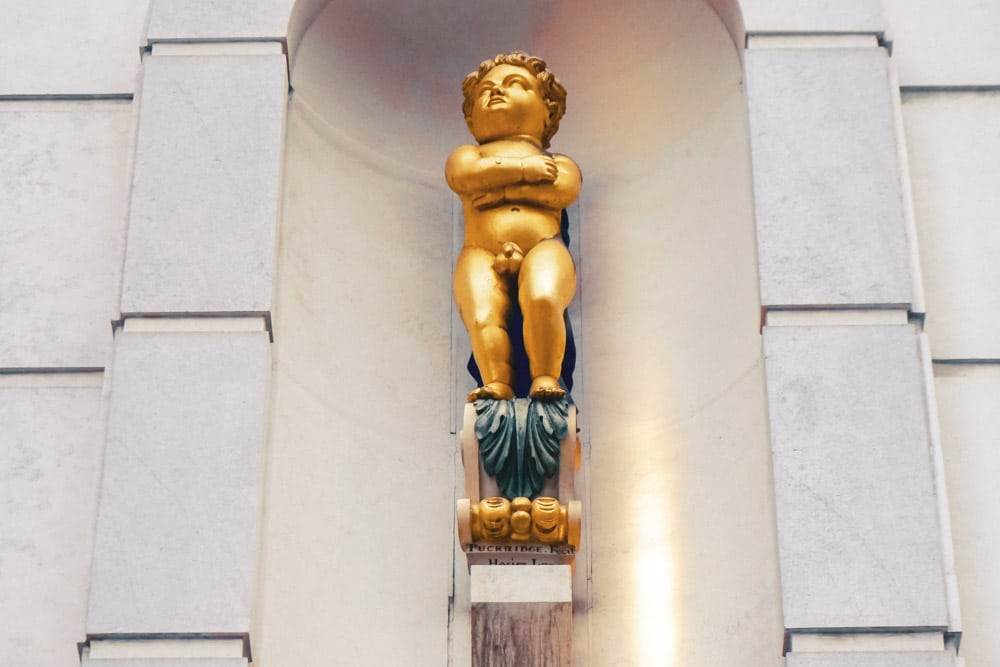
Some people thought that the Great Fire starting on Pudding Lane was a warning against the city’s greed, which is why you’ll find another lesser-known monument to the Great Fire of London, The Golden Boy of Pye Corner on the corner of Cock Lane.
Bearing the phrase “This Boy is in Memory Put up for the late FIRE of LONDON Occasion’d by the Sin of Gluttony.” he marks the western spot where the fire ended.
The Navy Blew Up Buildings to Put Out the Fire
London didn’t actually have a fire brigade in 1666 (hindsight is a wonderful thing), and so locals focused on fleeing with their belongings rather than putting the fire out.
A few Londoners stayed to assist local soldiers, using buckets of water, water squirts, and fire hooks to douse the fire – all to no avail. Pesky wind was carrying the fire from building to building quicker than it could be dampened.
As the fire continued ripping through the streets of London, the Navy desperately searched for solutions before deciding that blowing up the buildings was the best solution – after all, buildings can’t catch fire if they don’t exist. Brilliant logic.
The Lord Mayor Was Not Very Helpful
One of my favourite Great Fire of London facts is that when the fire first started, the Lord Mayor Sir Thomas Bludworth was called upon for advice – but Bludworth was incredibly resistant to pulling buildings down to prevent the spread further and was kind of useless, to put it mildly.
In fact, he famously exclaimed that the fire was so weak “a woman could p*ss it out,” before returning to bed. Charming.
Six People Died in the Great Fire of London
Officially, only six people died in the Great Fire of London. Although, nobody is really sure how accurate this is.
Historians state that the deaths of poorer people were not recorded, and the raging fire possibly removed any evidence of death. Because of the extent of the fire and the fact it burnt for four days, it’s thought that the death toll is likely much higher than six – potentially hundreds.
13,200 Houses Sadly Burnt Down
The damage caused by the Great Fire was vast – 436 acres of the capital were destroyed, 13,200 houses completely wiped out, as well as 87 out of 109 churches, including poor old St Dunstan in the East.
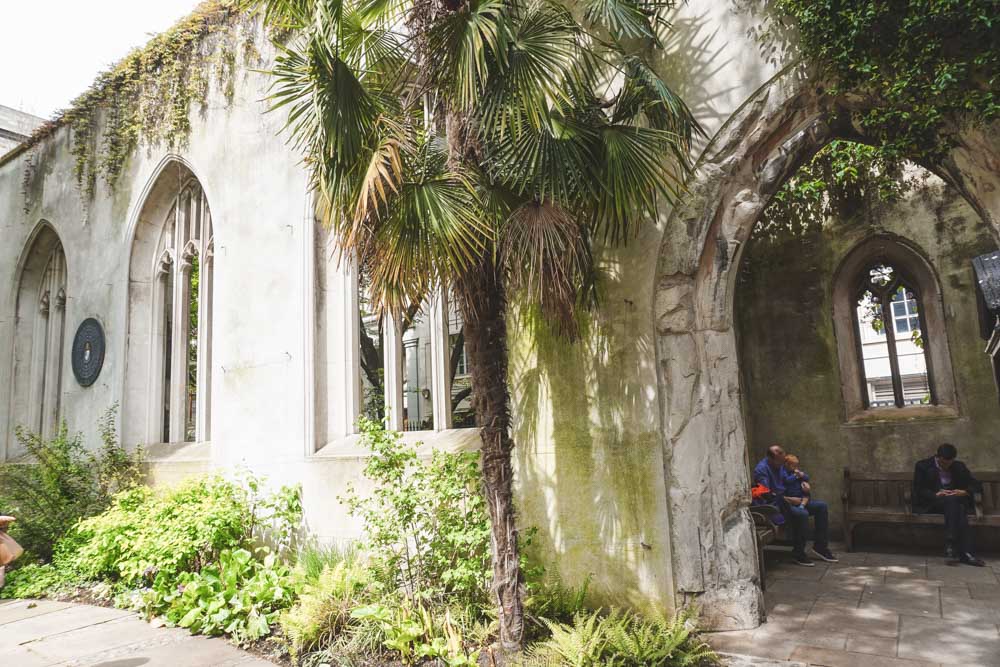
After the fire, only 51 churches and around 9000 houses were rebuilt, with lots of places still smouldering for months after.
Partly the reason for causing so much devastation was that the houses prior to the Great Fire were all made from wood and thatch. Not a flame-resistant material in sight.
Homes also often had overhanging floor boards and wooden signs, which meant that the flames could jump around very easily.
The Fire Influenced a Famous Nursery Rhyme
Popular nursery rhyme, London’s Burning, is thought to have been based on the Great Fire of London. Like with most nursery rhymes, the origins of the lyrics are unclear, but it’s believed that someone who fled the city would have created the song.
While London didn’t have an official fire brigade at the time, the line ‘fetch the engines,’ is thought to refer to the fire squirts which were basically huge syringes of water and would have been wheeled around from house to house.
It Was Very Hot… Duh!
A no brainer. But, did you know that a melted piece of pottery was discovered by archeologists on Pudding Lane and put on display in the Museum of London?
The pottery shows that where the fire started, temperatures reached at least 1,250°C.
So… pretty warm then.
Businessmen Seized the Opportunity to Make Money
In true businessman style, out of the tragedy came brilliant money-making schemes. It’s estimated that in today’s money, the property damage from the fire equaled around £1.5 billion.
While renting in London can be a nightmare today, back then the tenants were responsible for all the damage AND had to keep paying rent to their landlords despite their home being a pile of ashes.
To prevent this mess from happening again in the future, Nicolas Barbon created London’s first insurance company, the ‘Fire Office’. Other companies soon followed, and in 1690 one in ten houses in London had some form of home insurance.
Building Regulations Were Introduced as a Result of the Great Fire of London
King Charles II put forward a royal decree, which stated that the city was not allowed to be rebuilt until regulations made housing safer.
The 1667 Rebuilding Act made sure that new houses were built in brick or stone (instead of uber-flammable wood) and water needed to be easily accessed along with a brand spanking-new fire hydrant system for the city.
At the Time of the Great Fire, London Was at War With the Dutch Republic
The second Anglo-Dutch war took place between March 1665 and July 1667. The English were fighting the Dutch Republic, who sneakily teamed up with the French (thanks to an alliance treaty signed in 1662).
Because of this, many people at the time thought the Dutch were responsible for causing the fire, until it was revealed that it started on Pudding Lane.
St Paul’s Cathedral Was Destroyed in the Fire
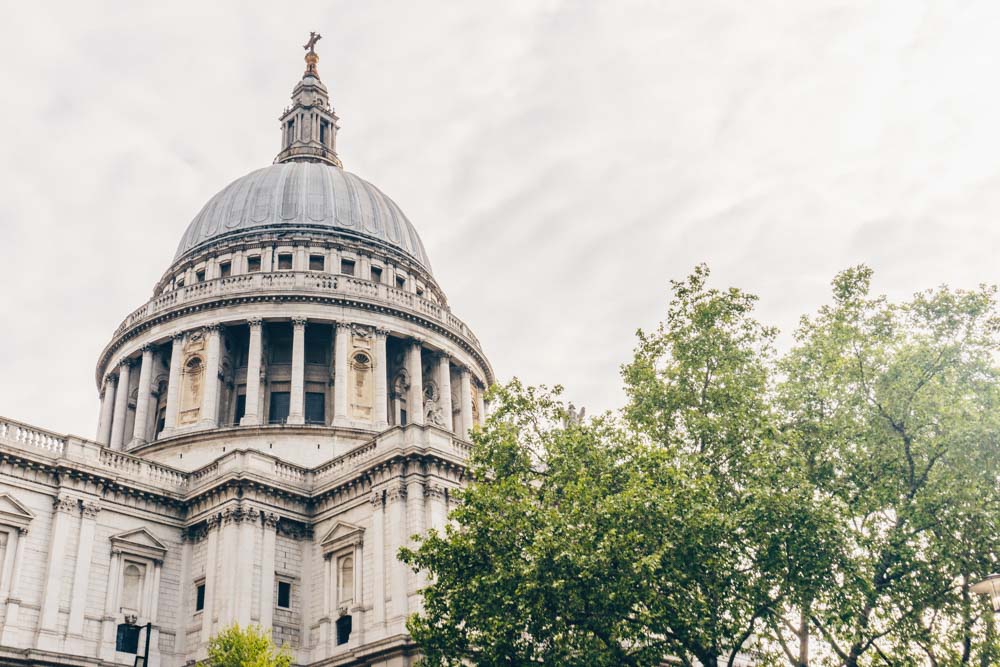
This wasn’t the first time that St Paul’s Cathedral fell to fire – it was the third! In fact, in 1087, the Old St Paul’s had to be completely rebuilt after totally burning to the ground.
Once the Great Fire took hold, the period of time from the roof catching fire to totally melting was around 30 minutes. In addition, the surrounding pavements soon became red-hot, preventing anyone from getting close enough to put out the fire or check for people inside.
A French Watchmaker was Falsely Accused and Executed For Starting the Fire
Robert Hubert was a French watchmaker travelling from Sweden to his home in France when his ship was diverted to London. For some reason (nobody is quite sure why) he gave a false confession stating that he threw a fireball into Farriner’s bakery on Pudding Lane and started the Great Fire of London.
As you probably expected, he was hanged for his supposed crime. Although, soon after the authorities realised that he was mentally ill, suffering from palsy, and more importantly, did not start the fire. Big oops.
The Great Fire of London Happened While the Plague Was Tearing Through London
The Plague infamously started spreading through Britain in 1665, although most of the cases were found in people living in London.
The Plague was still rife when the fire started – causing horrible symptoms like swollen tongue, puss-filled buboes, and intense fever. Once you had the Plague, you often passed it onto all your family before dying a painful death.
Despite the horror of the fire, it’s thought that the raging fire helped to kill most of the rats and fleas that were causing this deadly disease.
Samuel Pepys Wrote a Very Important Diary That Helped Historians Understand the Events
You’ll probably recognise the name Samuel Pepys, because he wrote a very important diary that documented the Great Fire of London (I like to think that he would have vlogged it too, had he lived today).
He was a prominent author and politician at the time, and he was also the first person to alert King Charles II that London was burning (though, the King was less helpful).
After being woken up by his maid – and initially dismissing the fire as a tiny blaze – Pepys was shocked when he discovered the extent of the fire and rushed to the King.
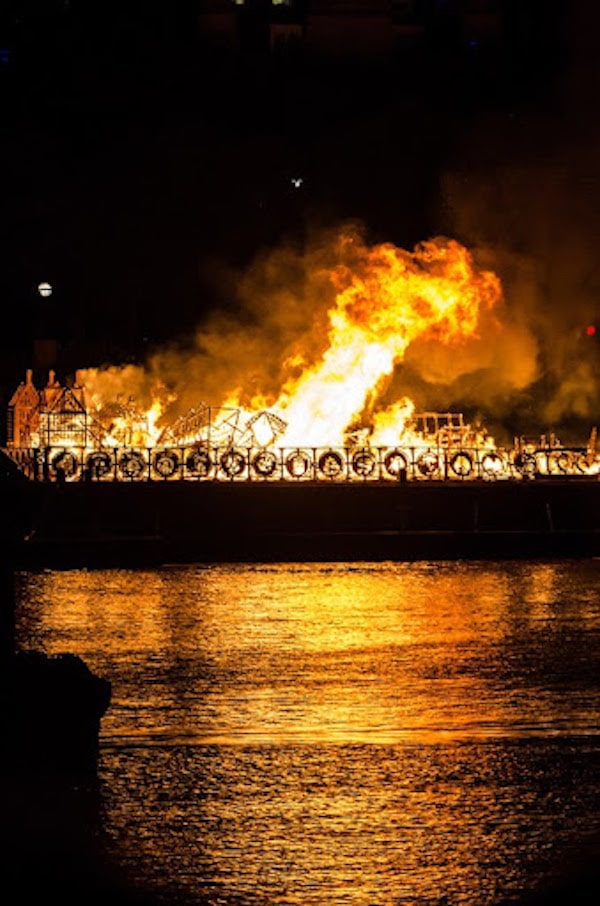
As well as reporting the big, important events during the Great Fire of London, Pepys also documented smaller details that would have otherwise been forgotten: pigeons falling from the sky, people throwing their belongings in the river, and the ground feeling like hot coals.
He also journalled that the fire burnt for weeks and weeks (instead of the four days that is widely believed), so many historians argue about the accuracy of Pepys’ reports.
Despite the Fire, The First Fire Brigade Wasn’t Formed Until 200 Years Later
You would think that a catastrophic fire would speed up the need for a dedicated brigade, right? Wrong. Royals and politicians faffed about for a couple hundred years, until a Scottish firefighter took action into his own hands.
It wasn’t until 1st January 1833 that the London Fire Engine Establishment was formed by James Braidwood, who had previously created the Edinburgh Fire Brigade.
Sir Christopher Wren Created The Great Fire of London Monument
Most notable for designing St Paul’s Cathedral, architect Sir Christopher Wren was tasked with creating a monument to commemorate the Great Fire of London.
It actually took six years to build and stands at 61 metres tall. This represents the distance between Pudding Lane and the monument’s location near London Bridge.
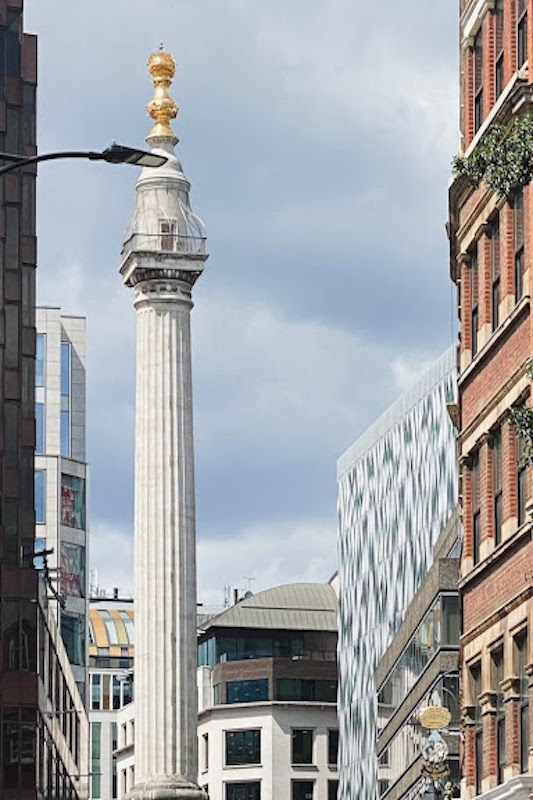
King Louis XIV of France Offered to Send Aid to the Struggling People of London
The people of France rejoiced when news of The Great Fire of London spread to Paris just over a week later, as it meant that the British would have no choice but to withdraw their ships and the French could retire from the Anglo-Dutch war (which they didn’t even want to fight in anyway).
Despite this, King Louis XIV denounced any French public celebration of the fire and offered to send aid to help the British people in the form of food and materials.
There Was Another Famous Fire Being Plotted at the Same Time
Coincidentally, at the same time as the Great Fire of London, another plot to set the city ablaze was revealed.
John Rathborne and William Saunders were found guilty of conspiring against King Charles II and were planning to cause a fire on the anniversary of Oliver Cromwell’s death just one day after the Great Fire started on Pudding Lane.
Officials Were Going to Prevent People Leaving London During the Fire
Reportedly, during the worst spread of the fire, officials wanted to let down the Portcullis. This was the gate that prevented anyone leaving or entering the City of London, and this would have been absolutely detrimental to the safety of the citizens.
There we are, get ready to impress all your friends with your new-found knowledge about the fire that destroyed the capital. How many of these 20 interesting facts about the Great Fire of London did you know?
Looking for More London Facts?
Check these out…
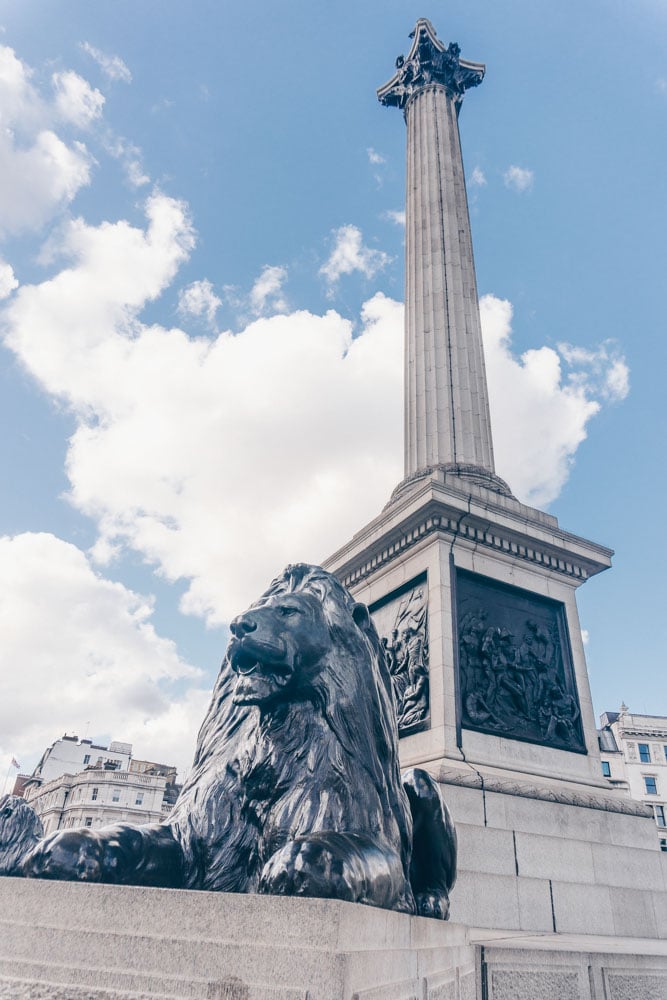
Facts About London
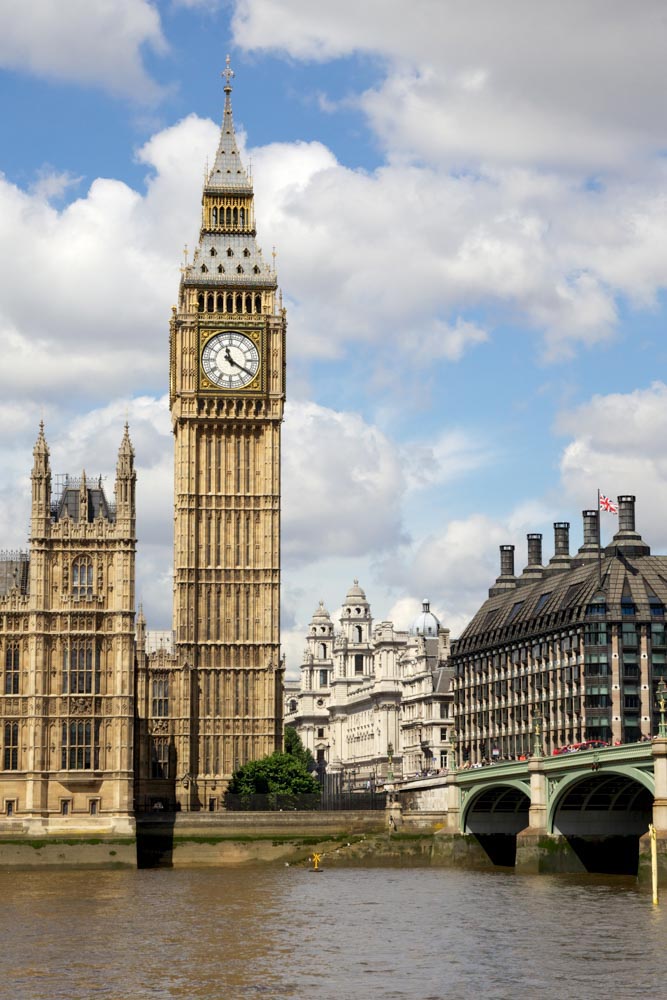
Brilliant
Big Ben
Facts
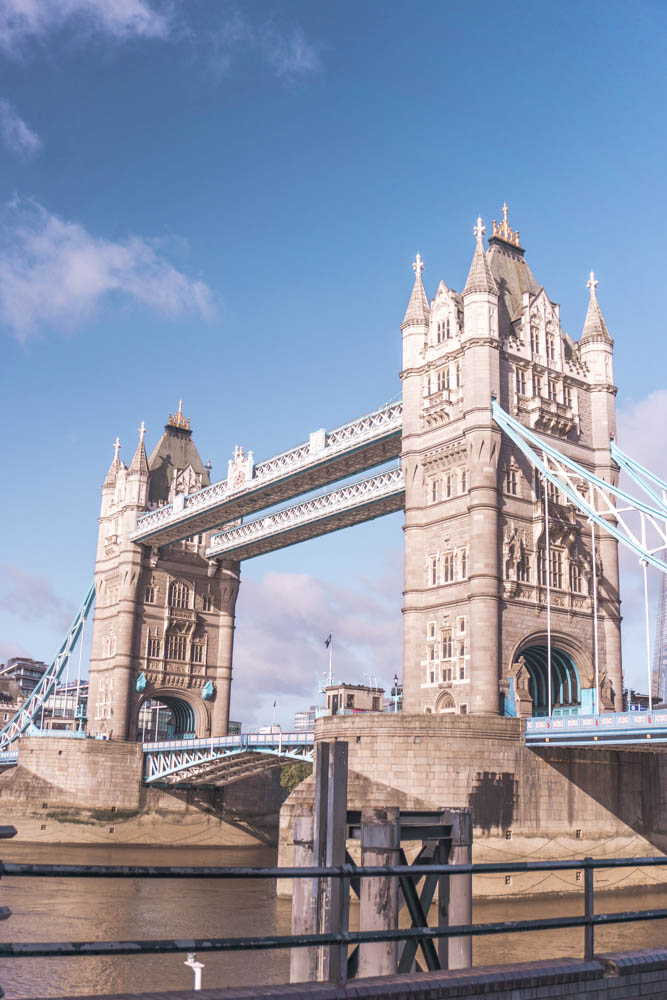
Fascinating Tower Bridge Facts

